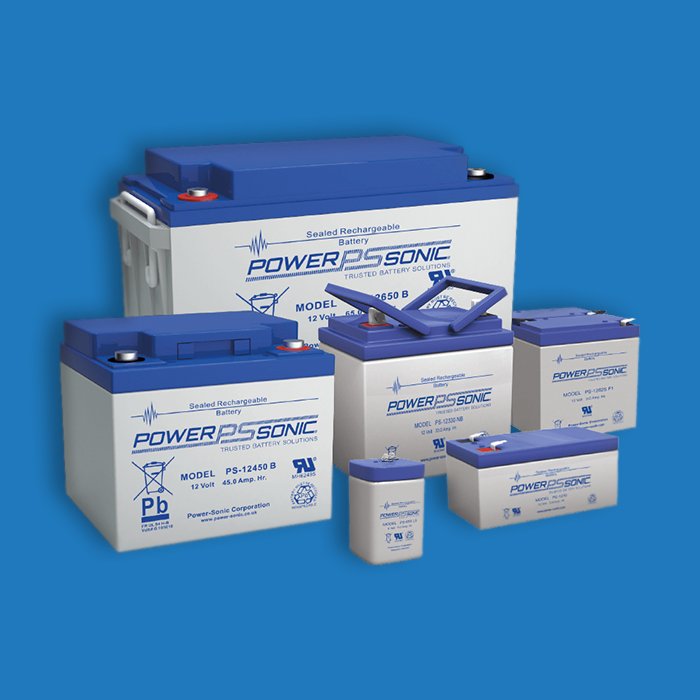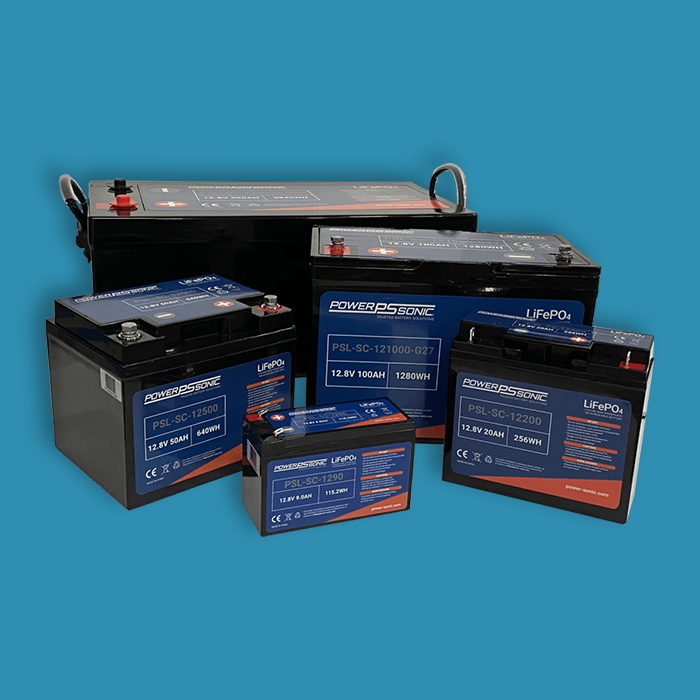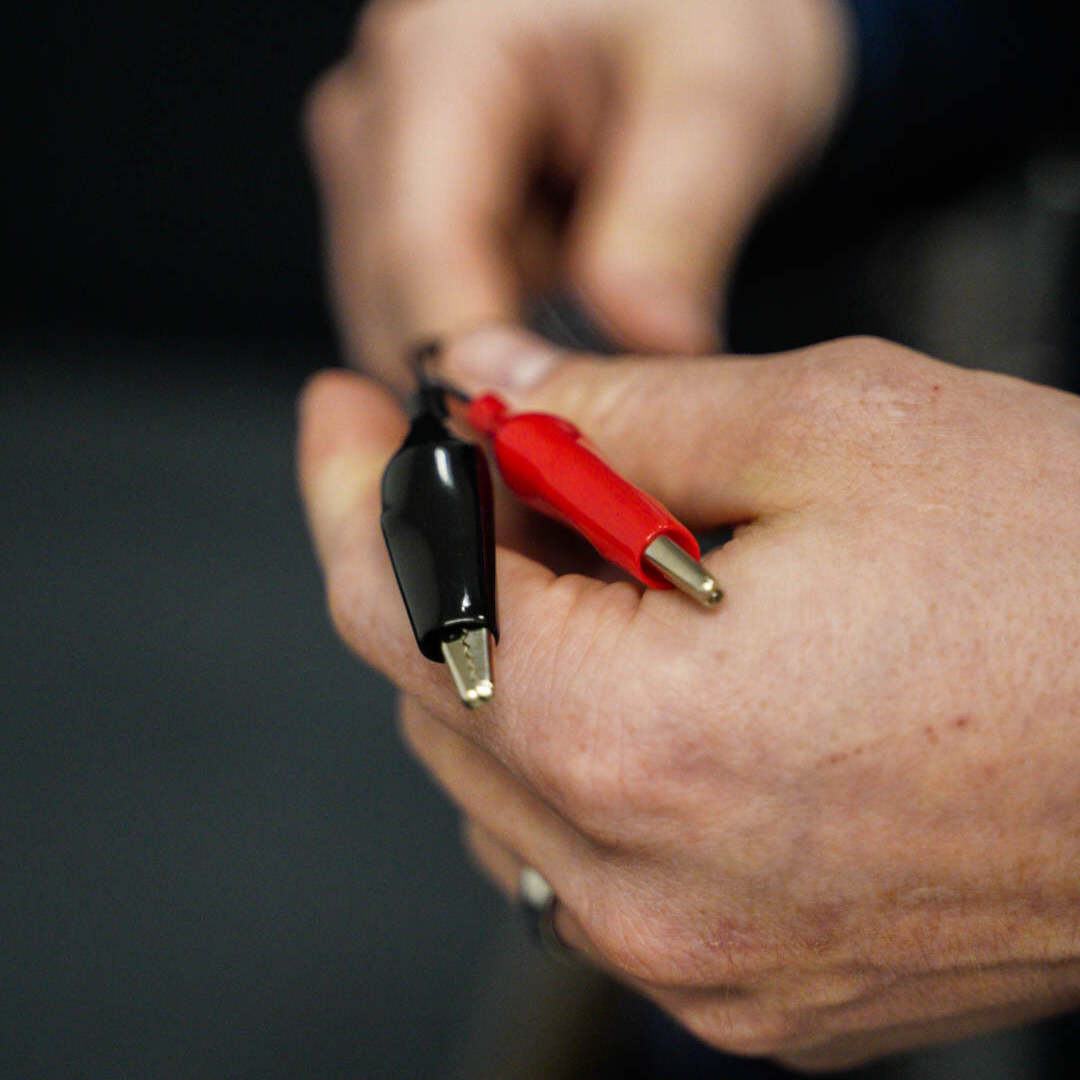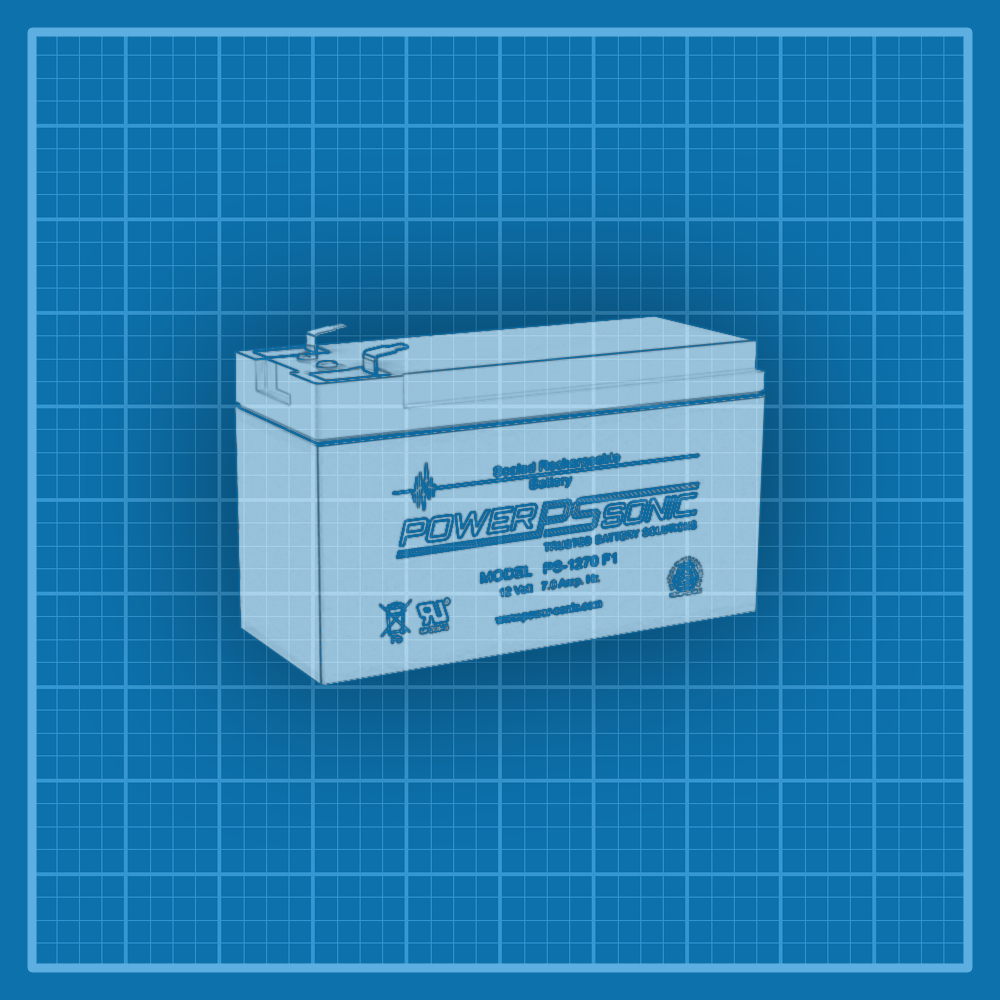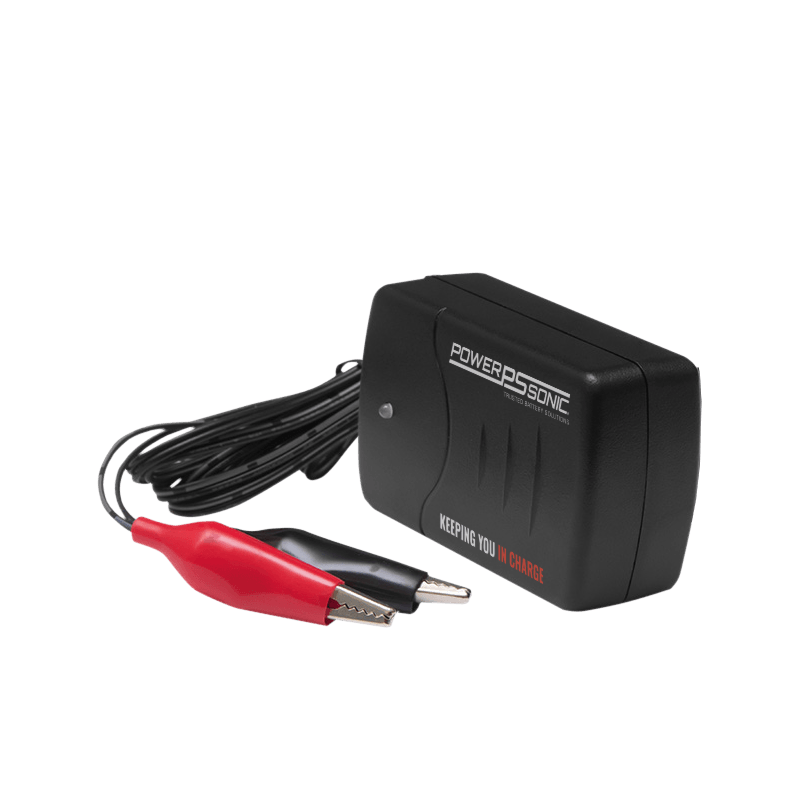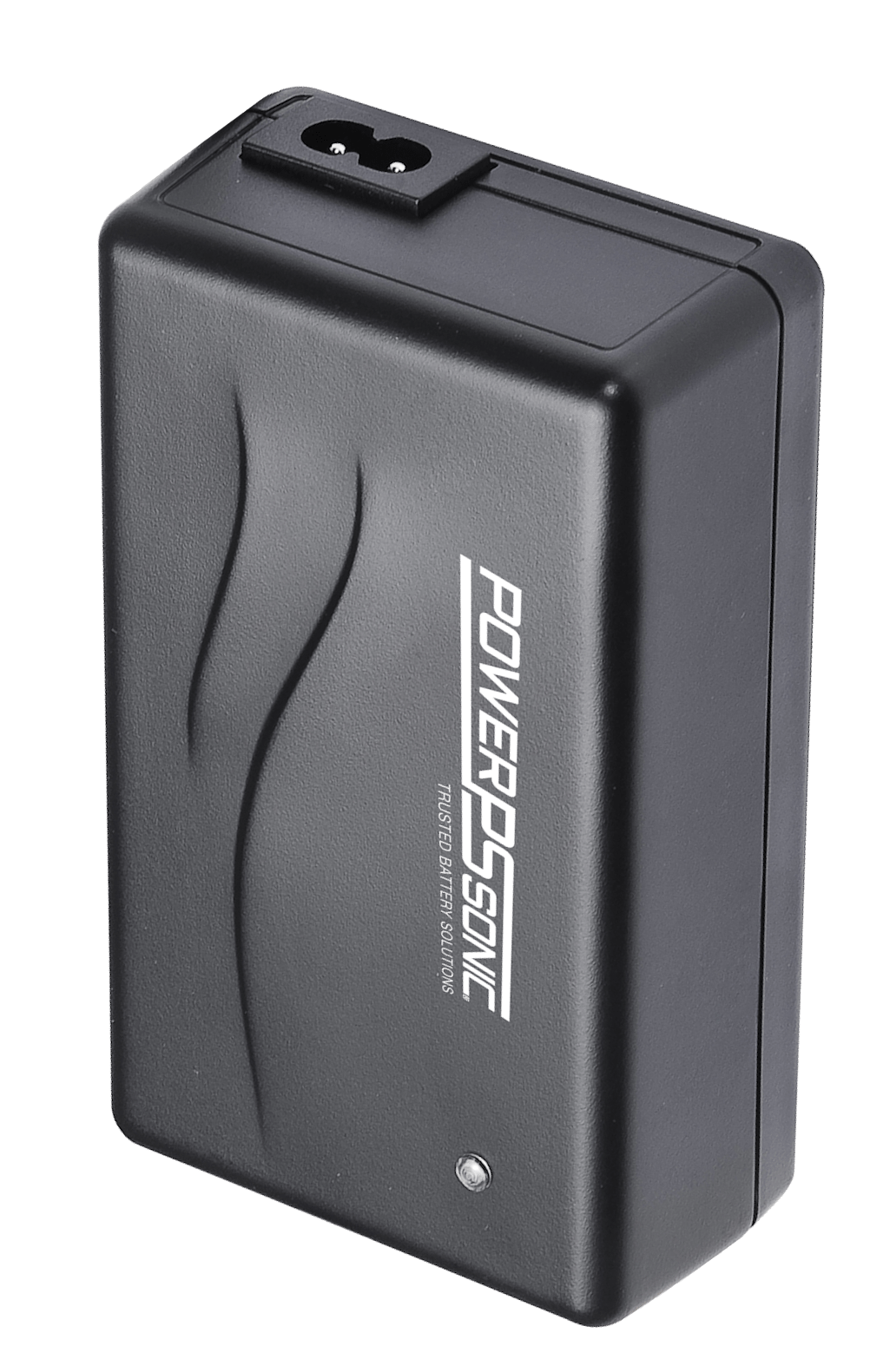This guest blog post originally appeared in the Power-Sonic blog here.
The sealed lead acid battery is the most commonly used type of storage battery and is well-known for its various applications including UPS, automotive, medical devices and telecommunications. The battery is made up of cells, each cell consists of plates immersed in an electrolyte of dilute sulfuric acid. The construction of the lead acid battery is illustrated below.

Battery Terminals
Depending on the model, batteries come either with AMP Faston type terminals made of tin plated brass, post type terminals of the same composition with threaded nut and bolt hardware, or heavy duty flag terminals made of lead alloy. A special epoxy is used as sealing material surrounding the terminals.
Battery Plates (Electrodes)
Power Sonic utilizes the latest technology and equipment to cast grids from a lead-calcium alloy free of antimony. The small amount of calcium and tin in the grid alloy imparts strength to the plate and guarantees durability even in extensive cycle service. Lead dioxide paste is added to the grid to form the electrically active material. In the charged state, the negative plate paste is pure lead and that of the positive lead dioxide. Both of these are in a porous or spongy form to optimize surface area and thereby maximize capacity. The heavy duty lead calcium alloy grids provide an extra margin of performance and life in both cyclic and float applications and give unparalleled recovery from deep discharge.
Electrolyte
Immobilized dilute sulphuric acid: H2S04.
Battery Relief Valve
In case of excessive gas pressure build-up inside the battery, the relief valve will open and relieve the pressure. The one-way valve not only ensures that no air gets into the battery where the oxygen would react with the plates causing internal discharge, but also represents an important safety device in the event of excessive overcharge. Vent release pressure is between 2-6 psi; the seal ring material is neoprene rubber.
Battery Separators
Power Sonic lead acid battery separators are made of non-woven glass fiber cloth with high heat and oxidation resistance. The material further offers superior electrolyte absorption and retaining ability, as well as excellent ion conductivity.
Battery Container & Case Sealing
Case and lid material is ABS, high impact, resin with high resistance to chemicals and flammability. Case and cover are made of non-conductive ABS plastic to UL94-HB like our PS-1270 or UL94 V-0 like our PS-1270 FR. Depending on the model the case sealing is ultrasonic, epoxy or heat seal.

